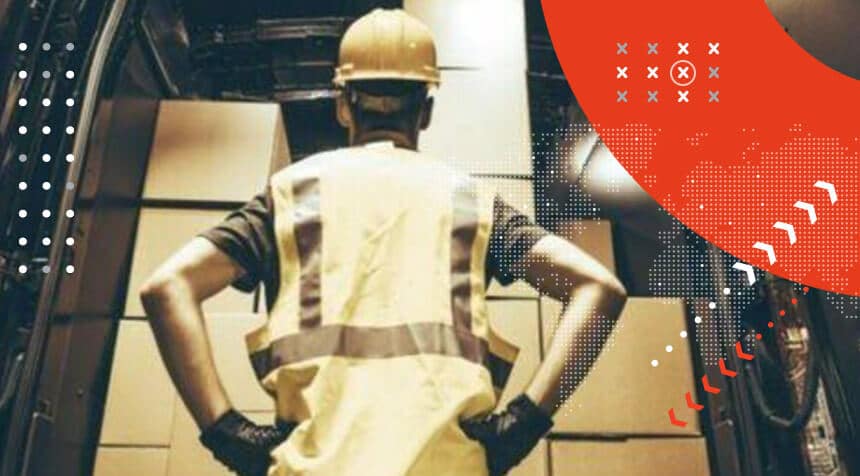Meeting volume with capacity alone does not necessarily address customer experience and operational efficiency. In fact, sometimes it may complicate it.
A recent survey by Oracle cites that 66% of respondents will prefer home delivery over other fulfillment methods. The pandemic is forcing those consumers who would normally have purchased a gift in-store to add to the already high seasonal shipping volume.
This leaves delivery and logistics providers scampering to hire. – Fedex, U.S. Postal Service, Chewy, UPS, have hired thousands of seasonal employees. And Amazon Flex, Uber and Lyft are all offering programs to incentivize crowdsourced delivery drivers to focus in on their apps. With delivery capacity being challenged with growing delivery volumes, this fight to win drivers makes sense, right?
The burden of this question is twofold; yes you need more drivers, but drivers don’t necessarily solve the real problem.
Delivery volumes have been growing for years, and yes, they skyrocketed because of COVID. But there is another factor besides volume, and that’s speed. Delivery time frames are getting faster and faster.
Customers expect their deliveries to come quickly, they are less forgiving to delays and they want the constant control afforded by real-time visibility and an abundance of communication tools that provide immediate validation. Now retailers and their logistics partners need to fill those demands. So will more drivers do that? Well, it helps, but what it really boils down to is the ability to scale efficiently.
You can have tons of drivers. They can be out on the road moving goods, but meeting volume with capacity alone does not necessarily address customer experience and operational efficiency. In fact, sometimes it may complicate it.
Scaling your delivery fleets and drivers must go hand in hand with scaling your infrastructure. When retailers look to logistics providers to scale their fulfillment models, they must contend with more technology, more personas and more processes (which may be different with each delivery partner). When logistics providers extend their fleets, both internally and externally, they need to contend with the same.
Scaling your fulfillment and delivery operations for peak operations requires some key elements – data, automation, orchestration and real-time visibility and control. With these elements working together retailers and logistics providers can scale up and optimize their operations so that they can take on more drivers, shorter delivery cycles, new fulfillment services and improved customer experiences.
Solving the capacity issue is critical but providers and brands must ensure that it does not come at the expense of customer experience.[/vc_column_text][/vc_column][/vc_row]



